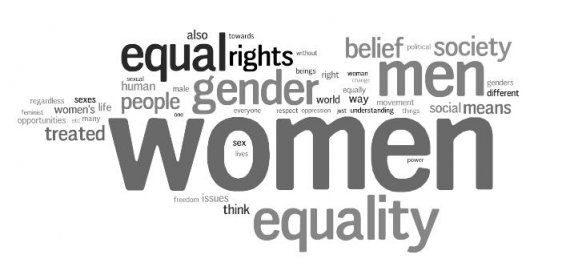
Behind the report on the EU strategy for equality between women and men
Employment and Social Affairs 29 June 2015On June 9 the European Parliament voted on a document, titled the Report on the EU Strategy for equality between women and men post 2015. Despite appearances, it could be noted that the so-called Noichl report is quite a controversial document, whose approval was not reached on consensus. Just 45,5 per cent of 750 members of the EU Parliament voted for the adoption of this document. An analysis of the total number of eligible votes shows that 341 votes supported the adoption of the report, 281 votes has been expressed against adoption of the report, 81 voters have abstained and 47 non-present voters.
It should be highlighted that the Report on the EU Strategy for equality between women and men post 2015 includes many issues that have nothing to do with equality between women and men but more widely with the “gender ”.
Equality between women and men is one of the European Union’s founding values. It goes back to 1957 when the principle of equal pay for equal work became part of the Treaty of Rome. Furthermore, the art. 23 of the Charter of fundamental rights of the EU enshrines the principle of the equality between men and women and ensure same rights to the EU citizens: “Equality between men and women must be ensured in all areas, including employment, work and pay. The principle of equality shall not prevent the maintenance or adoption of measures providing for specific advantages in favour of the under-represented sex”.
A lot has been done but yet some aspects related to working conditions should be improved. With regards to education and access to work, for example, it could be useful to develop female entrepreneurship and reduce the wage gap. Measures could also be adopted to increase the participation of women in political and economic decision-making. Actions should also be taken in order to modernise and improve the protection of pregnant women and mothers at work, helping women to return to the labour market after giving birth and reconciling work and family.
These are issues of concern for equality between men and women and more widely for EU employment and social policy. Apart from this, it should be highlighted that, surprisingly, the document also includes a roadmap for LGBT people, the promotion of medically-assisted reproduction, abortion and calls for improved sex education programme in schools.
These sensitive issues do not only concern the concrete implementation of equal women’s rights with men, but they raise wider ethic debates, like childhood education. In this way the final result could be misleading. The risk is to base equality issues on unrealistic measures which could water down the real objective related to women’s rights. Thus ,the Noichl report could arise a crucial question: should the EU increase its role in gender issues or is it better to respect the principle of subsidiarity of the Member States?
At the end of the day, this question should not be a threat for a European Union founded on the motto “United in Diversity”. On the contrary, debating on these issues should always be welcome and considered as the real strenght of the EU.






